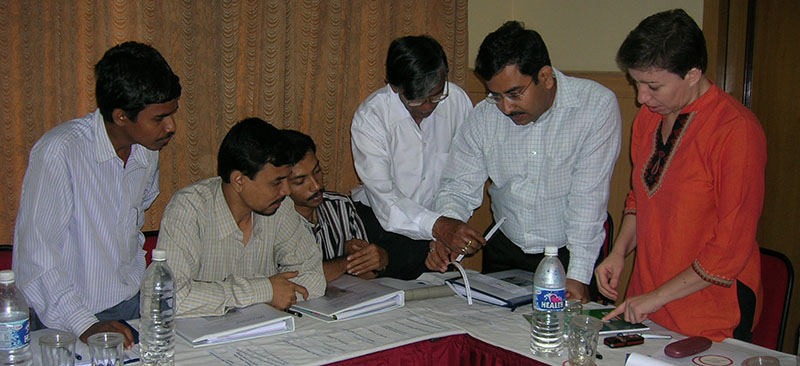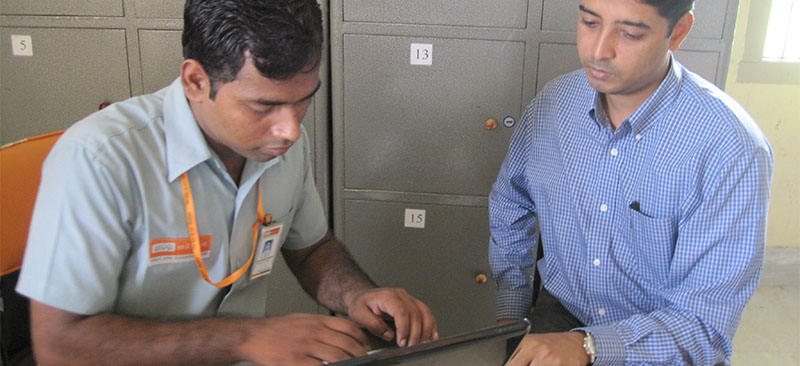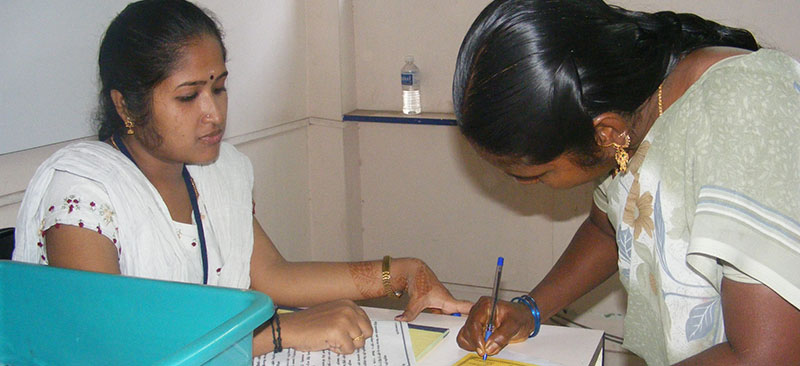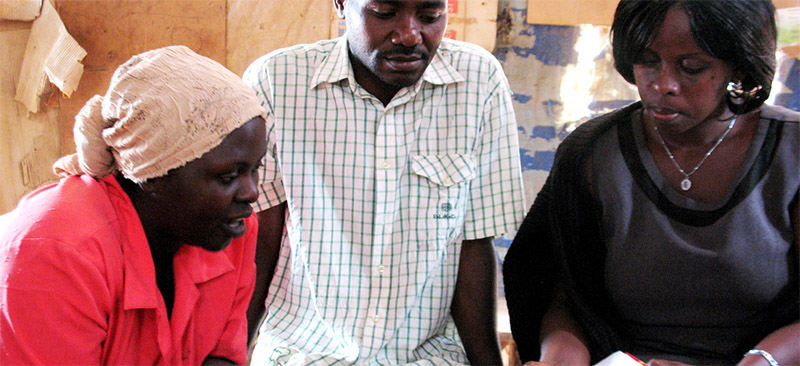Profitability of the agents is at the foundation of a successful agent network. For the agent, the profitability not only determines her/his loyalty to the agent network manager (ANM), but also motivates her/him to provide better customer service, endeavour to increase the business and accept the inevitable challenges as the business proceeds. All these factors, in turn, drive the profitability of the ANM and the bank. Profitable agents also help in the recruitment of new agents by spreading a positive word of mouth about the business. In nutshell, the profitability is the major source of optimism about, and belief in, the business model. Hence, it is very important for all stakeholders to understand the drivers of agent profitability and try to make them work in the favour of the agents. However, developing a precise and realistic estimate of profitability necessarily requires understanding the drivers of profitability.
Profitability is an elusive target for most of the Business Correspondent agents. This is true for all the agents irrespective of the services offered by them. However, the remittance focussed agents are closest to the breakeven level, enabled by high transaction volumes. Transaction volume also explains why No Frills Account focussed agents, including the ones doing G2P payments, are typically so far away from breakeven. Such agents have too few transactions to result in a viable business case for the agents.
In case of remittance focussed agents, the small gap between current performance and a profitable performance can be filled in through specifically targeted measures to address issues such as technology downtime and marketing support. In case of NFA focussed agents, the key issue that needs to be addressed is the low volume of transactions. A key step towards doing this is improving the value proposition. This can be done by increasing the range of products to include a larger variety of banking products such as various categories of banking products, insurance and investment products. Value added services such as bill payments can also be added to the product bouquet.




